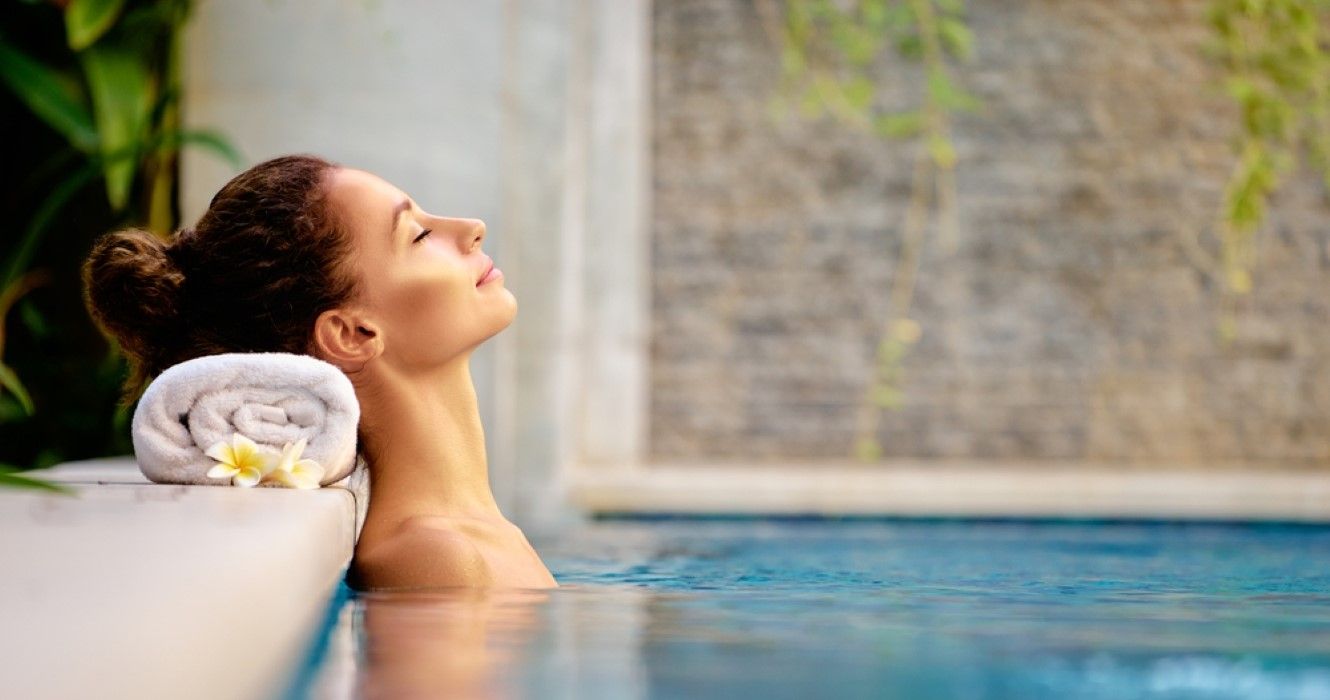Quick Links
Travelers on the hunt for the health and relaxation benefits of a spa or a spa hotel vacation will find the mother lode in Germany. There are 350 “spa towns” in the country, and in Germany, there are rules surrounding the use of the phrase. To be designated as an official spa town, each destination has to qualify by meeting strict standards tied to water quality, staffing, and infrastructure. Once qualified, the prefix “Bad,” which is German for bath, can be added to the town's name.
That's just one thing that differentiates German spas from others. In virtually every region of Germany, there are spas with a multitude of services and treatments tied to what the location offers. On the North Sea coast, for instance, spas focus on saltwater baths and experiences using the high salinity ocean water, while in the Black Forest or in Bavaria, mineral-rich hot springs are the big draw.
Thermal spas are an ancient practice in Germany, dating back to Roman times when Roman Empire soldiers found rejuvenation from various forms of hydrotherapy.
Germany Has Ancient, Mineral-Rich Thermal Springs
Germany is awash in thermal springs that provide mineral-rich water. Many of the springs are thousands of years old and run more than 6,000 feet beneath the surface. The mineral springs, which in some locations bubble up at around 150 degrees Fahrenheit, collect minerals as they make their way to the surface, providing water loaded with sodium, calcium, magnesium, and other minerals said to be helpful to the human body.
But it isn't only thermal springs that make Germany a winner when it comes to spa treatments. Mud baths, where mud is taken from the country's abundance of ancient peat beds, also are prized for their benefits to health, generally, and to skin, specifically.
Along with thermal spring bathing, saltwater treatments, and mud baths, German spas feature steam and sauna rooms, hot and cold water plunge pools, sea salt grottos, aromatherapies, and a wide variety of massage techniques to make visitors feel renewed and to help ease medical conditions such as arthritis and heart, kidney, and digestive system issues.
Baden-Baden Is Germany's Best Known Spa Town
The town of Baden-Baden, where the Romans built Germany's first thermal bath 2,000 years ago, is considered the top spa town in the country. Located within the town, where no less than a dozen thermal springs are tapped, is the Caracalla Spa Thermal Bath, which is among the most popular of Baden-Baden's thermal complexes. It's named for 1st century Roman Emperor Caracalla.
Located on the edge of the Black Forest in southwest Germany, Caracalla offers several thermal pools, both indoor and outdoor, with temperatures from a balmy 68 to a steaming 100 degrees, hot and cold water grottoes, and a salt therapy inhalation room.
Admission fees and charges are based on the services chosen; for example, a full-day admission to the baths costs around $30, and a 25-minute massage costs around $35.
Another top spa in Baden-Baden is the Friedrichsbad Spa, which offers a 17-station bathing experience. It begins with a thermal water shower, followed by a soap and brush massage, a steam bath, and entry into the first thermal pool. Eventually, the experience ends with a dip into a chilly plunge pool and a full body moisturizing massage.
Bavaria Is Home To A Deep Saltwater Spring
Germany's Bavaria region, near Munich in the southeast, is home to the sprawling Obermain Therme Spa, which offers 25 indoor and outdoor thermal pools plus a swimming lake. Obermain is known to have the hottest and strongest thermal salt water spring that originates from a tropical primordial sea. Nearly a mile underground, the water reaches the surface at about 125 degrees Fahrenheit.
Travelers looking for a squishy mud bath experience can check out Bad Wilsnack, a town in Germany's northeast, about halfway between Berlin and Hamburg, that dates back to the 14th century. It's been a spa town since 1928 and is known for its brown-black mud that is used to help arthritis and back pain sufferers and to cleanse toxins from the body. Its healing properties are tied to the mud's high mineral content. Guests sit in mud tubs heated to around 109 degrees Fahrenheit.
Finally, there are some etiquette guidelines for behavior in German spas.
- Rinse off between each visit to a thermal pool, hot tub, or sauna.
- Keep a towel on hand and a robe if one is available, and sit on a towel in a sauna.
- Wear pool shoes or flip-flops in between pool visits, but leave them outside a dry sauna.
- Once inside, quickly close the door to a sauna or steam room.
- Keep voices low throughout the spa, at the library level.

